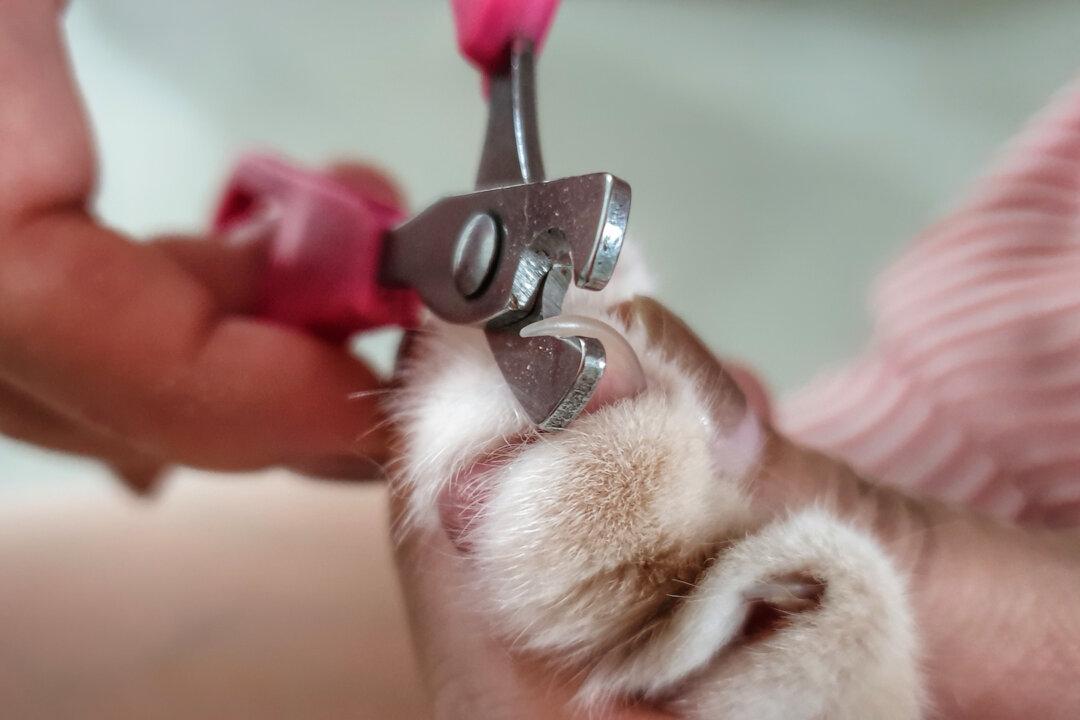The most common are pyrethroids, neurotoxins that paralyze and kill fleas, ticks, mites, and lice. Pyrethroids are synthetic versions of pyrethrins, natural insecticides derived from chrysanthemums. Compared with pyrethrins, pyrethroids are more toxic, have a longer duration of action, and are more stable in the environment.
One of the most popular pyrethroids is permethrin. Many other pyrethroid names end in “-thrin.”
Because liver metabolism in cats and dogs differs so much, cats are exquisitely sensitive to permethrin and other pyrethroids. Therefore, canine flea and tick products that contain these chemicals must never be applied to cats.
Signs of toxicity include tremors, twitching, seizures, loss of coordination, excitability, rapid breathing, weakness, drooling, dilated pupils, vomiting, diarrhea, and loss of appetite. Without immediate, aggressive veterinary care, many cats exposed to pyrethroids die.
My cats often rub up against my dogs, so I don’t use pyrethroid-containing pesticides on my dogs. If you decide to, let the product dry before Beauty and Beast snuggle or play with each other; delaying contact for 72 hours is even safer.
The best way to protect both Beauty and Beast is to treat them with products labeled for their individual species. Your veterinarian can prescribe products that last for months, which may be less expensive than the monthly products you are using now.
Barbecue charcoal is very different from activated charcoal, a carbon product treated with oxygen to form a super-porous substance with a large surface area for binding toxins.
Even if you had activated charcoal, you should not administer it because it is contraindicated in certain conditions, including dehydration; slowed intestinal motility; gastrointestinal bleeding, obstruction, or perforation; and conditions that predispose the dog to inhaling the product instead of swallowing it.
Moreover, it should not be administered after ingestion of certain toxins, especially corrosive and caustic agents, alcohol, antifreeze, xylitol, petroleum products, fertilizers, most metals, and salt, including paintballs and homemade play dough.
Timing of administration is important, too, because activated charcoal is effective only if the toxin hasn’t yet been absorbed. Some toxins, such as drugs, are rapidly absorbed, whereas others, such as rodenticides in baits that contain grains, are more slowly absorbed.
So your veterinarian is the only person who can determine whether and when to administer activated charcoal.
Commit your energies to protecting Finn from eating things he shouldn’t. If he does anyway, take him to a veterinarian immediately.





